Fighting the summer heat is never easy, so many people choose to invest in a high-quality portable aircon. The main benefit is the versatility of the unit, especially since a fixed unit in each room can be extremely difficult and expensive.
Portable air conditioners are an excellent choice if you want to relocate the unit as you wish, take it with you wherever you go, and there is no effort required. This is why you should consider the following five best portable aircons in Singapore [2025 review]. Keep reading to find out more about buying a portable aircon and which model suits you best!
Things to consider when buying a portable aircon
There are several things you need to consider before buying a portable aircon that suits your needs. First, most people need to determine their preferences according to the following factors, so you will avoid purchasing an aircon that you don’t need.
1. Size and BTUs
One of the most important aspects is the size. If you are looking for a portable aircon, you may need to determine where you want to place it. The portable aircon needs to be powerful enough to cool down your room. Similar to fixed air conditioners, portable units come in different sizes and with varying amounts of BTUs (British Thermal Units) per hour.
In short, the higher the BTU number, the more powerful your aircon is. However, if your room is relatively small, you do not need to invest in a unit with too many BTUs. Choosing the appropriate size for your needs will help you cut down unnecessary energy costs while keeping your room cool.
If you have rooms with standard ceilings (8 ft), you can use this quick estimation guide. For a room of up to 200 square feet, you need a unit with 8,000 BTUs. For each 100 sq feet extra, add 2,000 more BTUs. For instance, if your room is 300 sq. ft, you need 10,000 BTUs or 400 square feet with 12,000 BTUs, and so on.
This is only a rough estimation that can be affected by other environmental factors. For example, if you plan to use the portable aircon in a room with numerous appliances or devices that produce heat simultaneously, you need more BTUs.
Assume that you have a room of 300 square feet, so you need 10,000 BTUs according to the instructions above. However, if your room is a kitchen on the second floor (as higher levels are always warmer) or is exposed to plenty of sunlight during the day, you should consider a unit with at least 12,000 BTUs.
2. Noise Level
Similar to any other device, portable aircons generate noise. An excellent portable aircon should generate a maximum of 55 dB (decibels); otherwise, it may disturb you.
It also depends on the room you want to cool down. For instance, if you place it in the kitchen or living room, a higher noise level may not be so unbearable. However, if you want to cool down your home office or bedroom, a high noise level can become very disturbing.
3. Maintenance
As with most of our household items, portable aircons also require maintenance. Most models collect water in a tank, so you need to empty it frequently.
If you find this uncomfortable, you may want to invest more into a unit with an auto-evaporation system. Other models are usually placed next to the window or another area that allows you to put the expeller hose in a safe place to drain the water continuously.


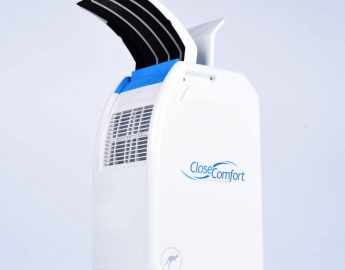
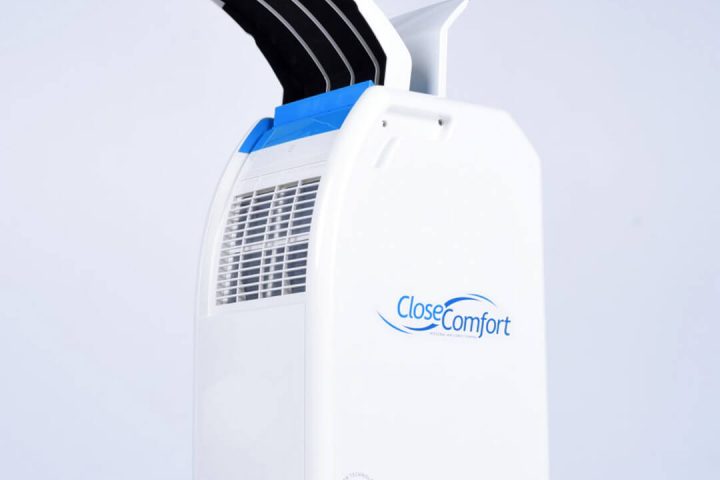
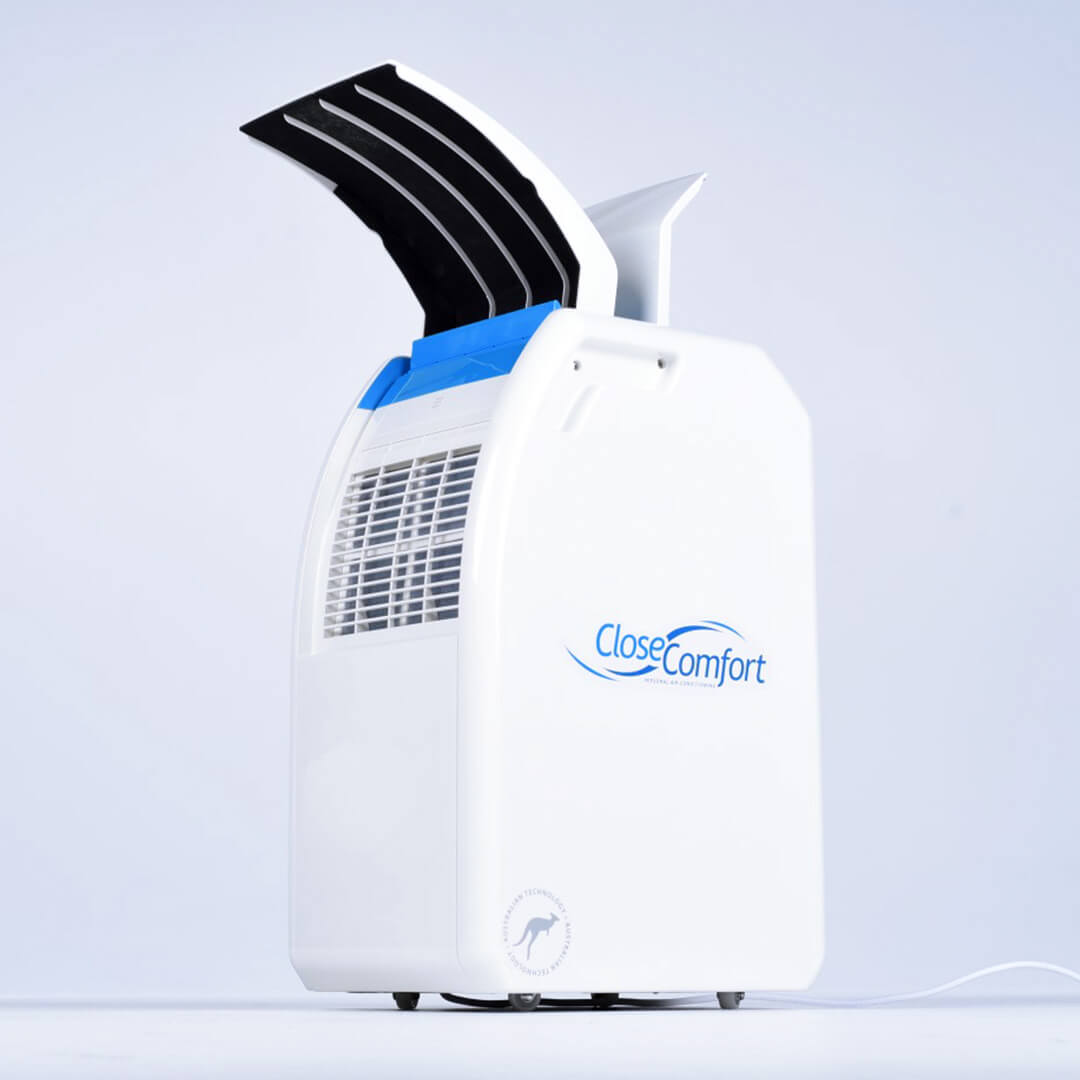
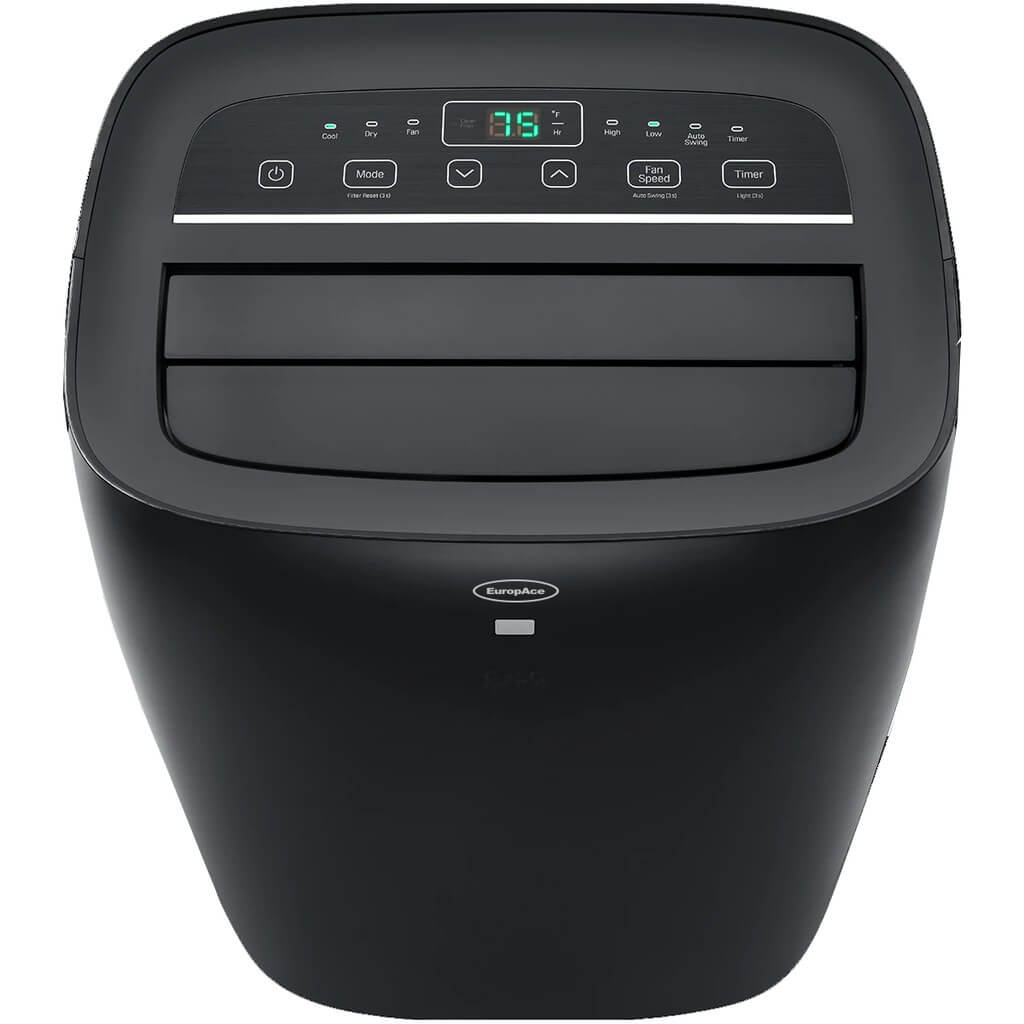
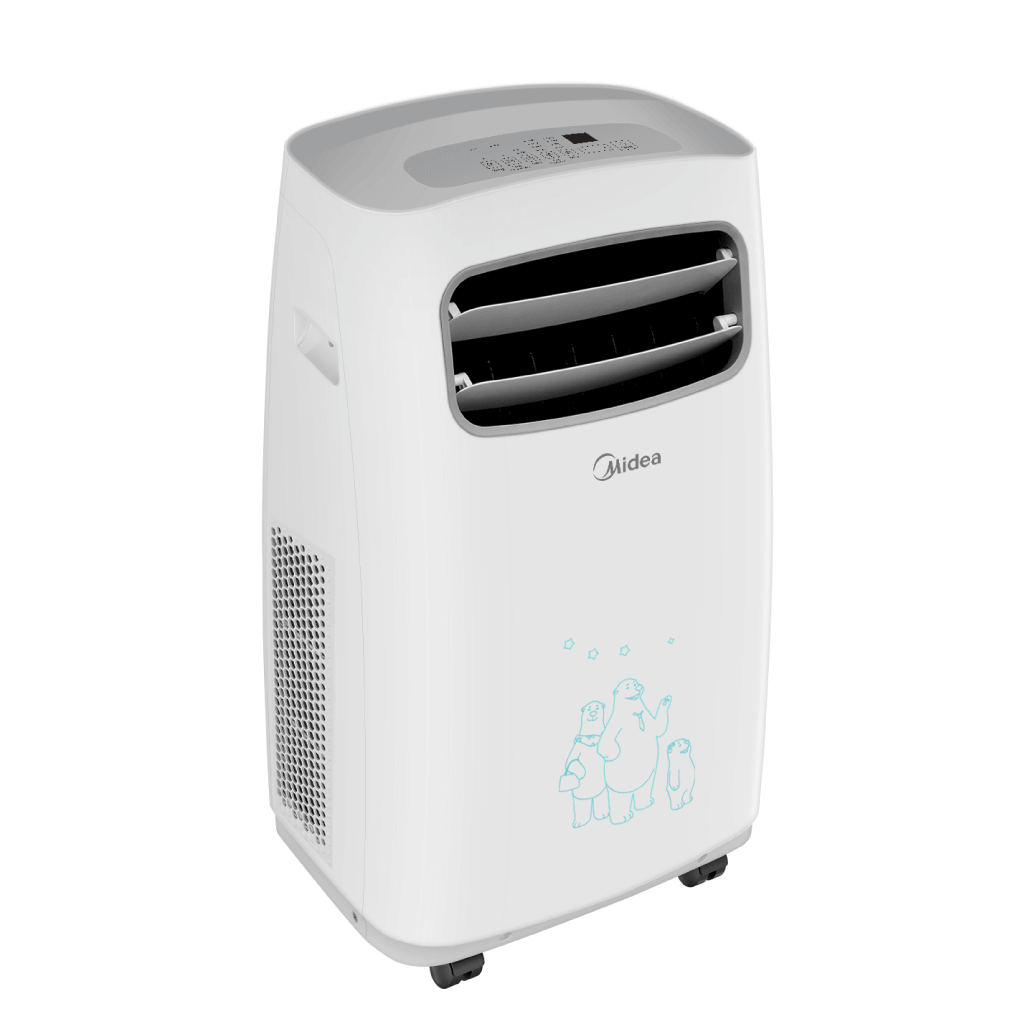
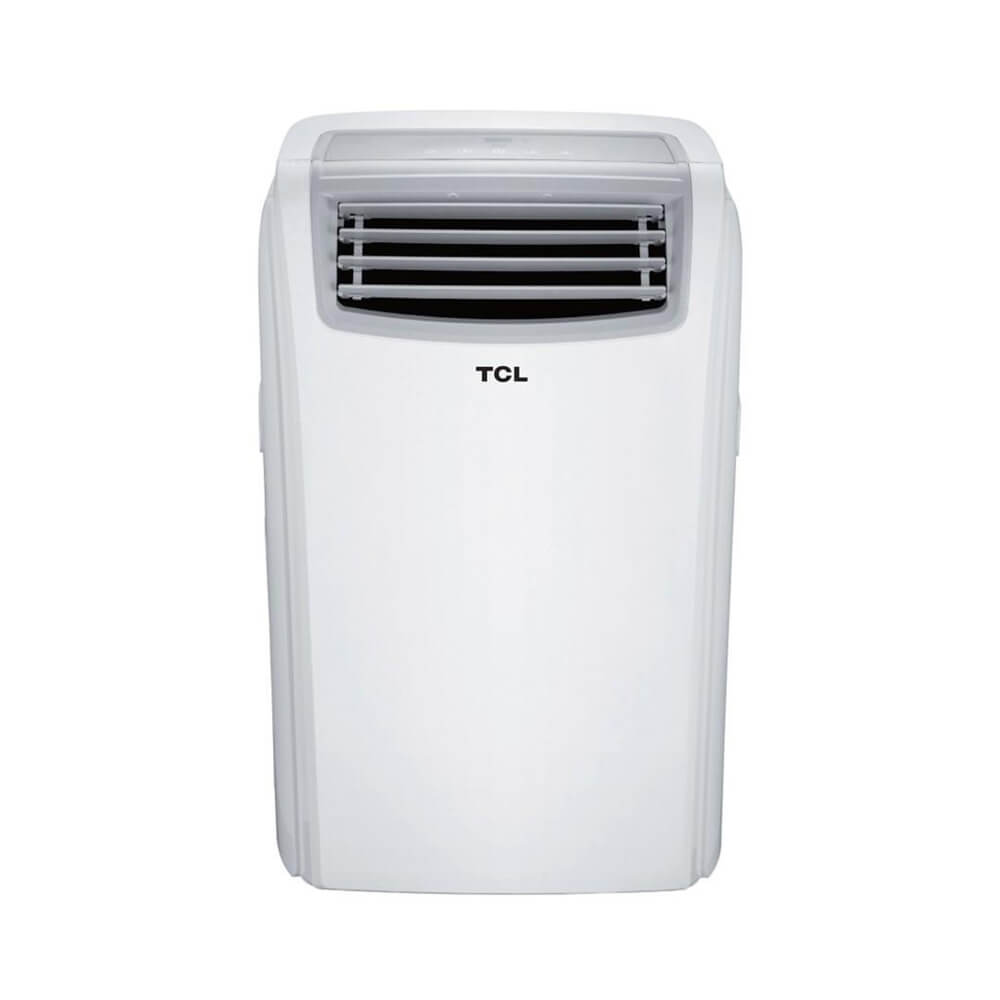
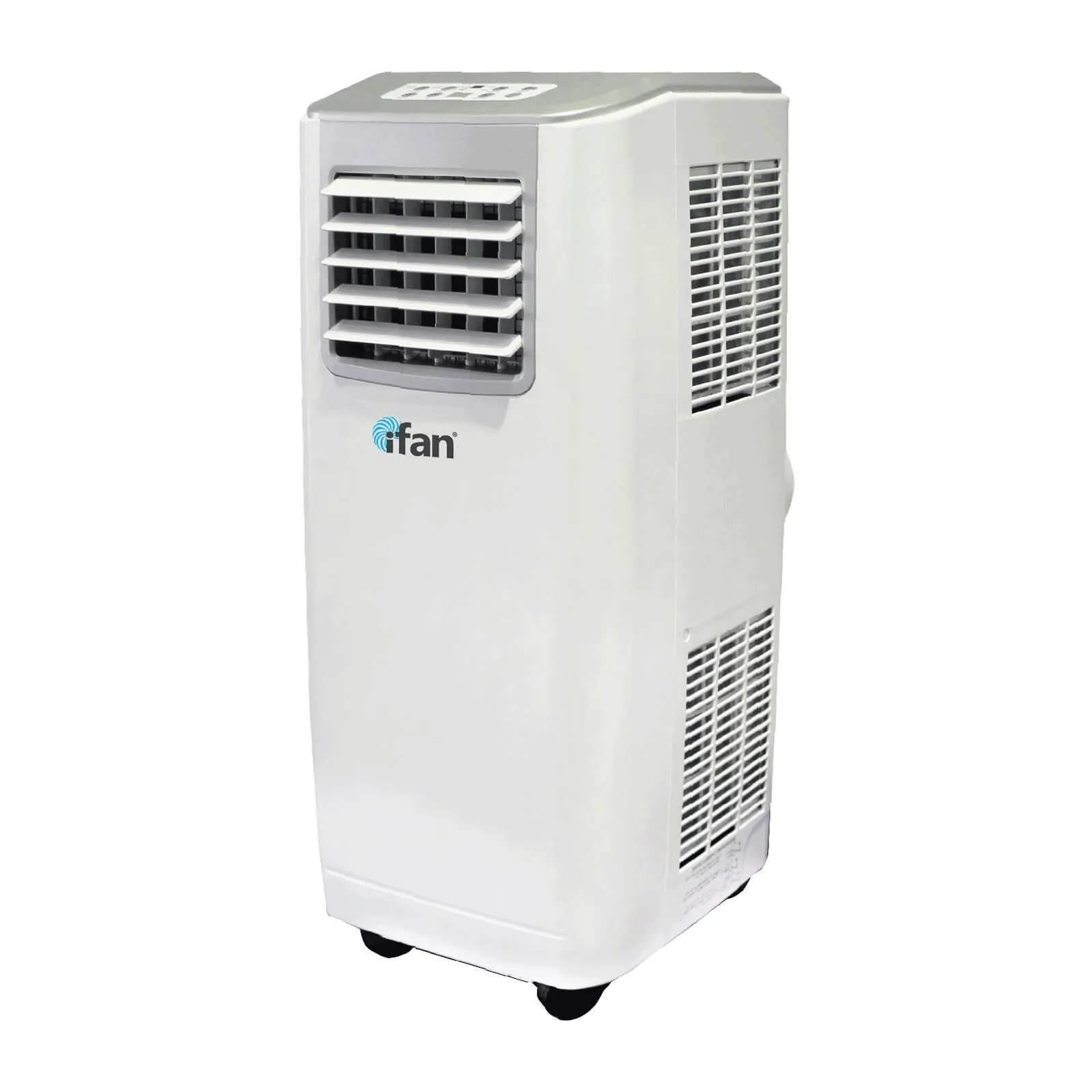
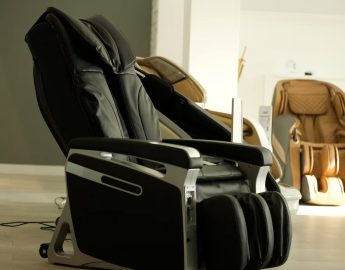
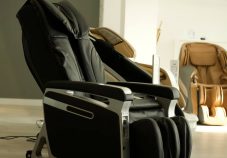
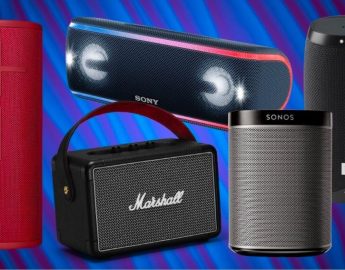





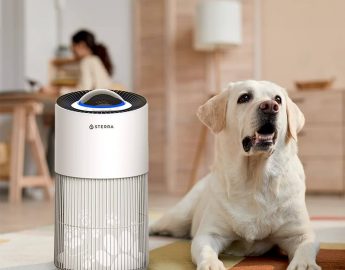
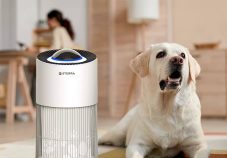
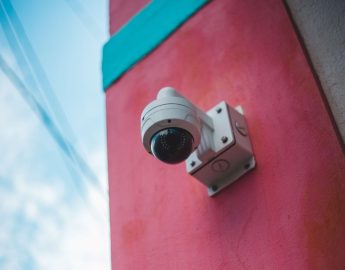
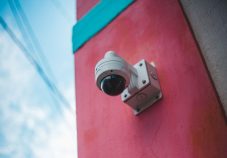


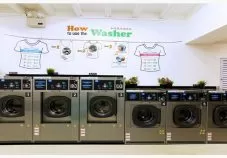



 Top 10 Trusted Maid Agencies in Singapore
Top 10 Trusted Maid Agencies in Singapore  The 7 Most Romantic Restaurants in Singapore
The 7 Most Romantic Restaurants in Singapore  5 Best Sofa Cleaning Services in Singapore
5 Best Sofa Cleaning Services in Singapore  10 Best Aircon Services in Singapore
10 Best Aircon Services in Singapore  10 Best House Movers in Singapore
10 Best House Movers in Singapore  10 Best House Cleaning Services in Singapore
10 Best House Cleaning Services in Singapore  Illuminate Spring with Blooms across Lendlease malls
Illuminate Spring with Blooms across Lendlease malls  2XU Compression Run 2025 Singapore
2XU Compression Run 2025 Singapore  Solo Travel and Mental Health: Discovering Wellness Through Independence and Adventure
Solo Travel and Mental Health: Discovering Wellness Through Independence and Adventure  5 Ways to Improve Your Business’s Energy Efficiency
5 Ways to Improve Your Business’s Energy Efficiency  7 Types of Smart Road Solutions That Help Improve Traffic Efficiency and Safety
7 Types of Smart Road Solutions That Help Improve Traffic Efficiency and Safety  The 5 Most Romantic Restaurants in Singapore
The 5 Most Romantic Restaurants in Singapore  5 Best Zi Char Places in Singapore for That Comfort Food
5 Best Zi Char Places in Singapore for That Comfort Food  The 5 Best Char Kway Teow in Singapore
The 5 Best Char Kway Teow in Singapore  3 Best Fish Spas in Singapore: So Fun & Relaxing!
3 Best Fish Spas in Singapore: So Fun & Relaxing!  Singapore’s Hidden Gems: The Top 5 Museums You Need to Explore
Singapore’s Hidden Gems: The Top 5 Museums You Need to Explore  The 5 Best Indoor Playgrounds for Kids in Singapore
The 5 Best Indoor Playgrounds for Kids in Singapore